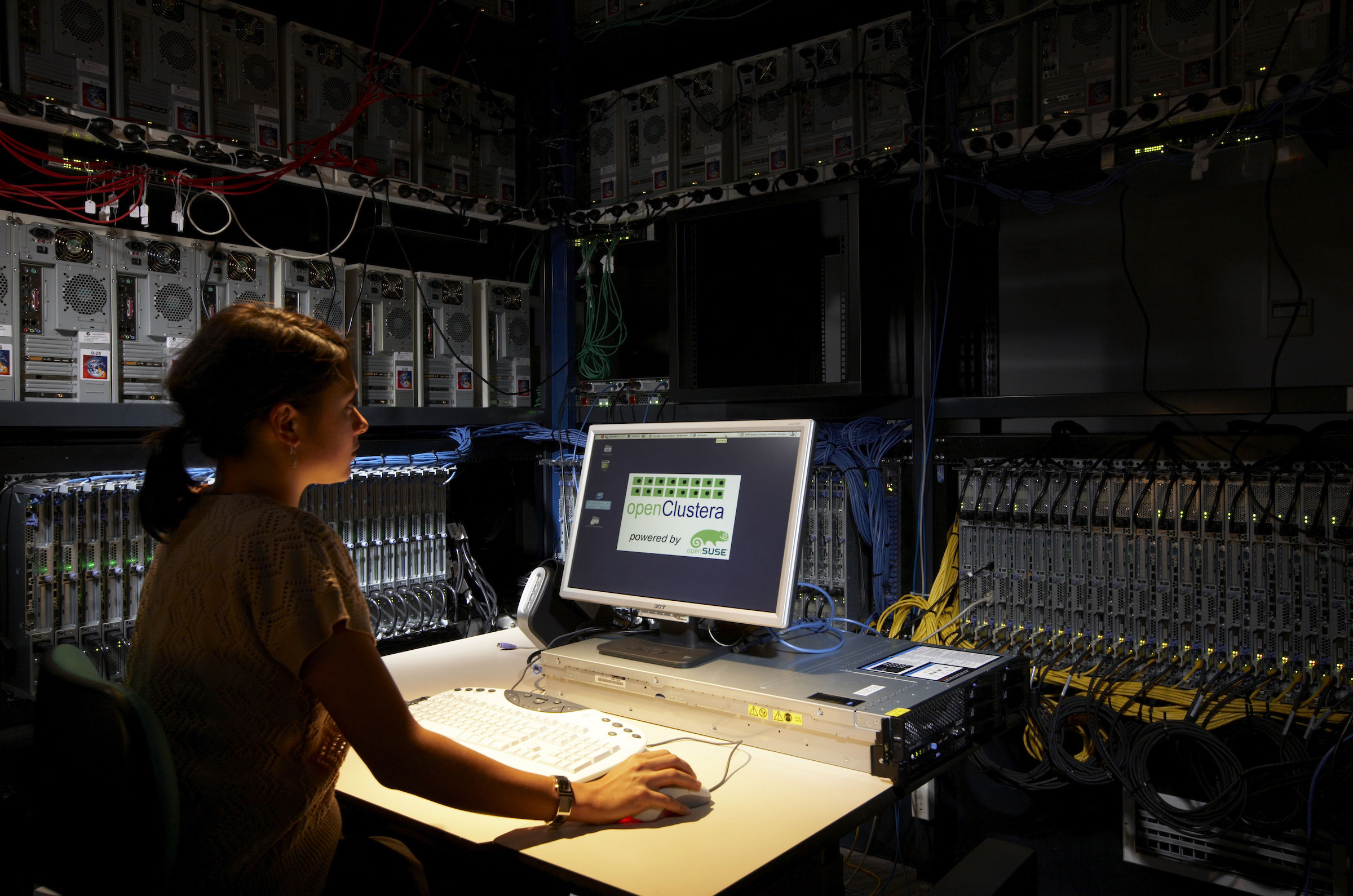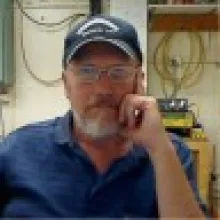
TerraWulf Compute Cluster
TerraWulf is a networked 'Beowulf' cluster of computers set up at RSES to provide convenient high end computing power for a range of demanding geoscience problems, particularly in the fields of thermochronology, seismology, geodesy, crustal and mantle dynamics, and landform evolution.
Content navigation
About
TerraWulf is a networked ‘Beowulf’ cluster of computers set up at RSES to provide convenient high end computing power for a range of demanding geoscience problems, particularly in the fields of thermochronology, seismology, geodesy, crustal and mantle dynamics, and landform evolution.
The cluster, consists of 162 nodes (1128 processor cores) connected through Gigabit and Infiniband switches which extend the range of potential applications of the cluster to both ’tight’ and ’loosely coupled’ codes. The Terrawulf II cluster was launched in June 2008 and upgraded and augmented with a new set of Terrawulf III nodes in 2011 and 2014.
The TerraWulf cluster is now being used for a variety of geoscience data processing and development of processing techniques, simulation and analysis of terrestrial processes as well as continuing development of inversion and data inference software. It is accessible directly through a local account and via the AuScope grid. Members of the AuScope Community can request a project account through the Access page
Two major upgrades of the TerraWulf compute cluster have been made possible by funding support from the National Collaborative Research Infrastructure Strategy (NCRIS) under the AuScope and AuScope/AGOS umbrellas combined with support from RSES providing a new and more powerful cluster.
Technical Specifications
The TerraWulf cluster consists of 62 IBM x3550 compute nodes (Terrawulf III) and 96 IBM x3455 compute nodes (Terrawulf II) linked to an IBM x3655 head node and a separate data storage server. The cluster has a total of 1128 compute cores with 15TB local storage, 16TB shared storage and up to 8GB RAM/core.
Detailed specifications, descriptions of software, current projects, publications and access details are available on the Terrawulf website
Projects
Some current and recent projects using the Terrawulf facility include:
- Seismic travel time and ambient noise tomography
- Nonlinear inversion methods and Monte Carlo approaches
- Earthquake source parameter inversion
- Inversion of airborne electromagnetic data
- Modelling of ocean overturning and circulation
- Modelling the Earth's inner core structure and geodynamo
- Hydrology studies from space geodetic observations
- Studies of atmospheric effects in GPS analysis
- Crustal deformation associated with major earthquakes
- Characterising the noise structure within geodetic GPS time series
- Glacial isostatic adjustment and non-stationary signals observed by GRACE satellites
- Assessing the impact of reference frame stabilization sites on geodetic GPS time series
More details of many of these programs can be foud on the Projects page
Research outcomes and publications arising from this work are listed on the Science page
Access
Use of the Terrrawulf open to all members of the AuScope Community. Prospective users should request access by submitting the application form below.
Access to the Terrawulf is granted subject to the ANU Information Infrastructure and Services Rules (2012)
It is a condition of use that any publication of results produced through the use of the Terrawulf should contain an acknowledgement of the form:
"Calculations were performed on the Terrawulf cluster, a computational facility supported through the AuScope initiative. AuScope Ltd is funded under the National Collaborative Research Infrastructure Strategy (NCRIS), an Australian Commonwealth Government Programme."
To apply for time on TerraWulf for computational research please complete the application form below and email it to terrawulf@rses.anu.edu.au
Application
Location
ANU



